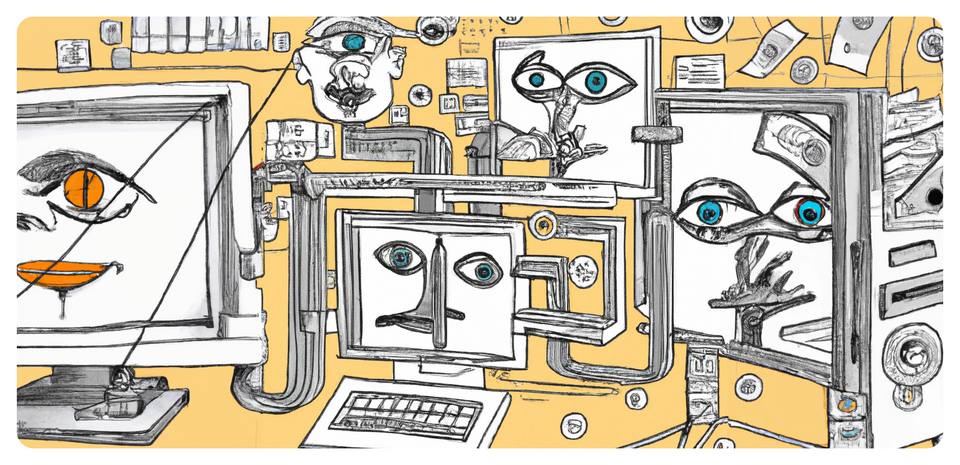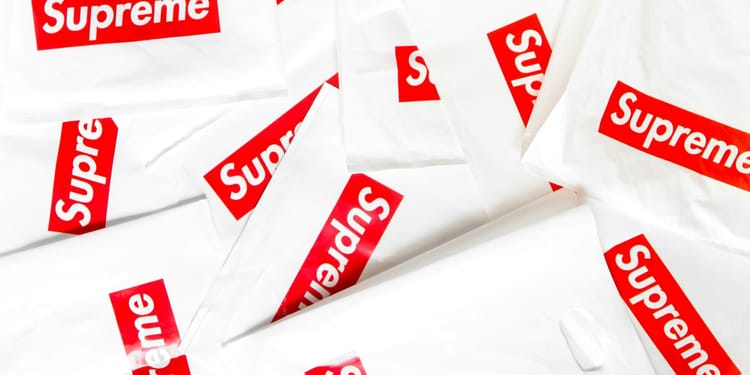Three things you need to know about the attention economy

A maelstrom of online content and trends circles our planet 24/7.
In 2023, every month
- More than 110 million videos are uploaded to YouTube
- Almost 3 billion photos and videos are posted on Instagram
- Around 1 billion videos are uploaded to TikTok
- Well over 1 million new articles are published on Medium
Within that deluge, how can you be sure you are consuming the right content?
The attention economy is barely hitting second gear. To help you sift through all the content clamouring for your attention, I want to share three key insights.





